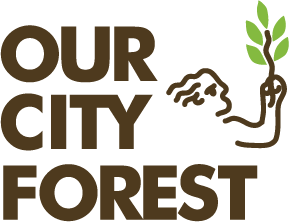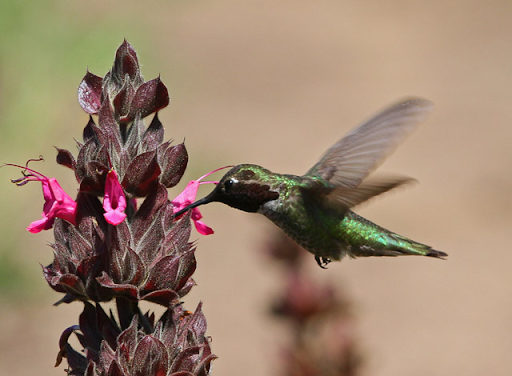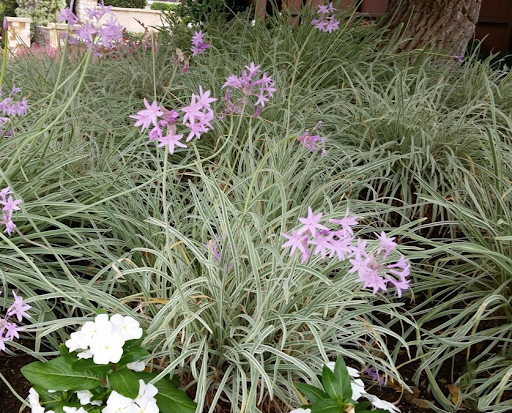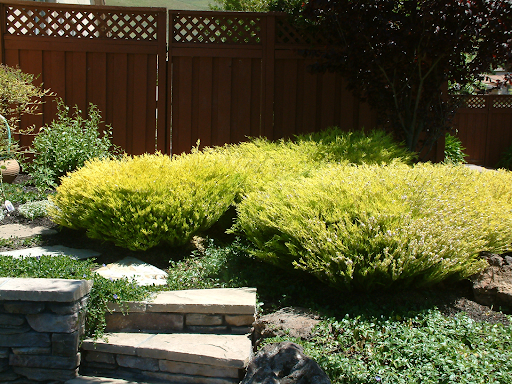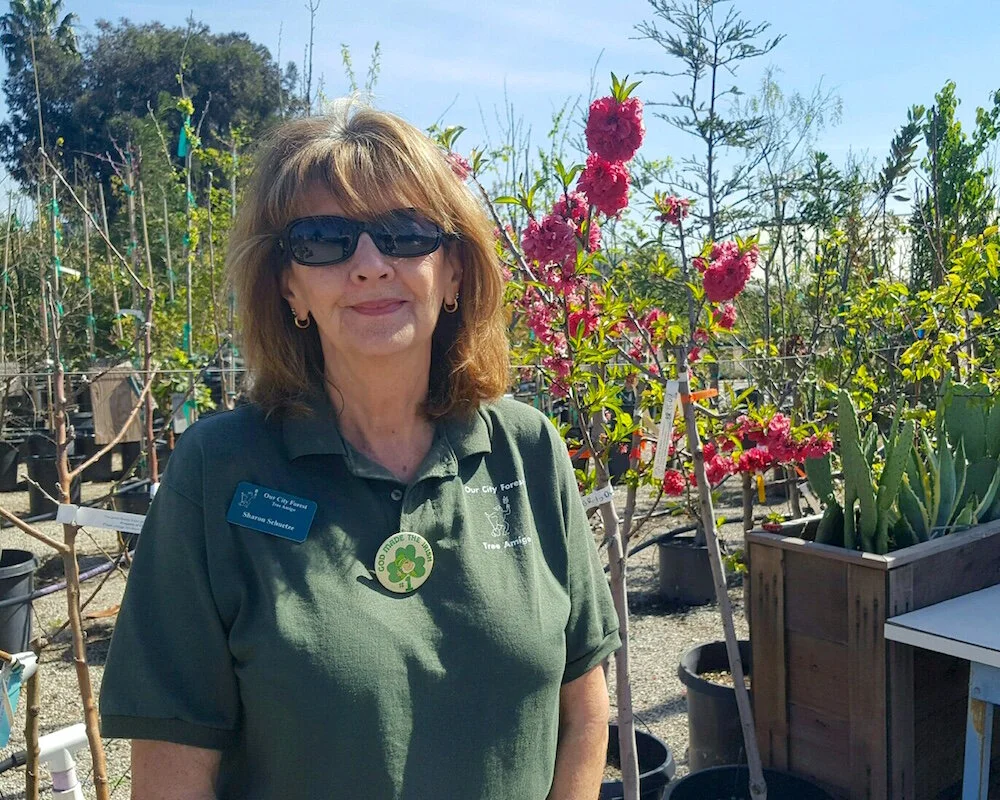“The material of the doomed stars and the material of my doomed body are actually the same material… Those stars exploded and spewed their atoms into space. From where they coalesced to make planets. From which single-celled organisms formed in the primeval seas. From which… It is astonishing but true that if I could attach a small tag to each of the atoms of my body and travel with them backward time, I would find that those atoms originated in particular stars in the sky. Those exact atoms.”
The Tour-de-force demonstration of scale and relativity, Powers of Ten, runs like this: a view of a lakeside picnic on the shore of Chicago in October at a one by one meter frame. Every ten seconds, the lens expands outwards by a power of ten. From ten to zero to ten to the first, the picnic-goers begin to blur. Another ten seconds and they conflate with the grass—ten to the second power, or 100 meters out. We see boats docked in lake Michigan to the east and hulking Soldier Field to the west. Double the exponent. Ten to the fourth and the entirety of the Great Lake takes shape; the view serrated by streaking clouds. As ten to the sixth turns ten to the seventh, our Pale Blue Dot emerges unto a black canvas. Soon the earth is lost in the sea of space, another faceless flicker. We move past orbital paths of Venus and Mars, and at ten to the eleventh, the solar system claims but half of our frame—for a moment. Then it is but one vertex in crowd of geometric constellations, those forms mythologized from the view from earth since time immemorial.
Ten to the twenty-first power. The Milky Way, concentric and spiraling—hurricane in a black sea—joins our satellite galaxies in a cosmic cloud. We continue. Meteors, space dust. A field of black. We pause, turn, and begin again inwards. Back to Chicago and into the matter. At ten to the negative six we descend through the porous cell wall and find the primordial living script: double helixes of DNA. Ten to the negative ten confronts a world of storming electrons. Ten to the negative fourteen: the ground floor of our atomic understanding; a single proton with mysterious quarks oscillating wildly.
In the depths as at the furthest reaches of our knowing: symmetry.
Peter Wohlleben is a forester. He has been called the world’s most famous forester. In 2015, the German’s unforeseen bestseller, The Hidden Life of Trees, was published in English. In it, he draws upon decades of experience working in the Eifel Mountain forests in Germany. The book is the zenith of his rebellion from seeing the forest through the profit-centric lens of state forestry management—where a tree is a number and a forest a plantation—to an ecological ethos.
In the forest Wohlleben managed he saw that trees grew stronger when allowed to exist in natural communities. Instead of felling monoculture timber stands, he opened up the forest on more transcendental terms: offering the old-growth forest as a cemetery where people could pay to bury their dead. He gave tours of the forest, and made selective cuttings with low-impact harvesting methods, such as using horses and hand tools to extract trees.
The Hidden Life of Trees proceeds like a tour through Wohlleben’s well-tread plot, divulging insights to the profound nature of trees. The distinction, here, fundamental to the book’s massive success, is the strikingly anthropomorphic terms in which Wohllben tells the story of the trees. The chapter Friendships explains how individual trees cannot establish their own microclimates; it takes a forest to build the realms that fully suit tree growth, and therefore, every tree is a valuable community member; trees will send nutrients to those who need help in subterranean networks of root and mycorrhizal fungi. In Tree School, spruce trees are forced to adapt to the harsh lessons of apathetic nature; the spruce with split wood must not only attempt to seal its wound, but, moreover, learn to better ration the water it pulls from the ground. Other chapters include Social Security, The Forest as Water Pump, Hibernation, Immigrants, Set Free, and, of course, Love. It is a book that allows itself to be cherished by the science-oriented, the tree people, and the uninitiated alike. The language, and its purchase to translate the narrative of plants lucidly to a comprehensible human scale, is a triumph.
Wohlleben’s manual for understanding tree life is based on his years of first-hand observation as well as the best available science. In the scientific community, there is a degree of understandable reticence to such anthropomorphic description, even as it accurately depicts the behavior of the systems. In 1973, The Secret Life of Plants by Peter Tompkkis and Christopher Bird was released, subsequently claiming a spot on The New York Times’ Bestsellers list. The book promoted experiments gesturing towards certain musical genres promoting plant growth (imagine Mozart for Maidenhair, etc.). The problem was that the experiments examined were largely faulty—not accounting for lurking variables nor meeting scientific standards for replication. The book’s assertions were discredited. (Still, the belief today that some genres encourage plant growth has proved hard to shake from the public consciousness.) The scientific community had to double down on objective language, on the distance between the subject and the viewer in order to bolster credibility on truly scientific work moving forward. This preservationist strategy in tandem with the U.S. Forest Service’s interest in maximizing tree stand profits led to a prevailing laissez-faire interpretation of biotic communities by the time Suzan Simmard, presently a professor of ecology at the University of British Columbia, proved against the mainstream management ideology of the era, that forests operate as singular organisms through a mechanism of mycorrhizal fungal networks—the “Woody Wide Web”; that central hub trees, or “Mother trees” siphon nutrients to saplings; that cooperation is as alive in nature as competition.
Simmard wrote the epilogue for The Hidden Life of Trees. Thanks to the scientific groundwork laid by her and others, Wohllenben is justified in preaching what is not only evident through experimentation, but is intuitive, the observational and indeed, the spiritual conviction pre-colonial cultures of the West and elsewhere have held since they began: a pathos of connection, coexistence, and cooperation with life in plenty.
Wohlleben writes, in his introduction: “When I began my professional career as a forester I knew about as much about the hidden life of trees as a butcher knows about the emotional life of animals. His next book, published in 2016 was The Inner Life of Animals: Love, Grief, and Compassion—Surprising Observations from a Hidden World. And in 2017, Wohlleben reached the logical conclusion of his thinking, with the publication of The Secret Wisdom of Nature: Trees, Animals, and the Extraordinary Balance of All Living Things
***
Richard Powers is a novelist. As a writer, he is a generalist: the multiplicity of themes in his work include science and nature, music and identity, technology and belonging, and often, his novels, as the sinewy tendrils of consciousness are want to grab, wrestle with all at once.
The Overstory is maximalist. It is sweeping in scope, truer to the temporality of redwood than human, capable of jumping generations in a paragraph, lives in sentences. (And though the reader must have a high tolerance for sylvan metaphor, the prose is also touched with erudition and beauty.) The polymorphic narrative follows disparate threads. Related by the underlying hum of nature, the threads, at times, converge, winding, knotting, and carrying ahead together anew.
It is a paean—to ecology and the intricate web of life, to the long arc of Deep Time, to moments of the forever in the ephemeral. But it is not a song in the tune of Muir’s My First Summer in the Sierra Nevada—all rapture, sunlight and joy. The book confronts life’s hardest parts like a record on repeat. To wit, failure, hopelessness, and death. But just as the novel encourages us to see the wooded and biotic world as extensions of ourselves, it motions that, we too, are capable of the resiliency and strength demonstrated by the venerable chestnut planted in Iowa plain or the majesty of the eternal coast redwood. The characters face anguish, loss, and keep going. Indeed, individuals are strong, and the will to live profound. Powers would like us to know that, no different from a forest, humanity is best when it comes together.
The characters Powers evokes are archetypes, degrees of fictionalizations of specific figures. He turns an alumnus of the Stanford Prison Experiments into a born-again, tree-planting altruist. He deals with Eco-terrorists. And Simmard herself is fictionalized as scientist Patricia Westerford (thankfully, the corporeal Simmard’s reputation has fared far better than Westerford’s in the narrative). These characters, though, are neither the strength nor crux of the work. The story the book hopes to tell is one that exceeds the human scale. It is a story told with alacrity, where the humans are measurements by which the grandeur and complexity of earth’s experiments—the consciousness, the beating hearts, the apathetic forces, the slow-burning orogenies and promethean natural cataclysms of rain and earth and flood and fire—can be viewed in all reverence. It has been said that the trees themselves are the main characters in The Overstory. The book lacks the ambiguities so innate to real life. It is a righteous book with a clear moral barometer. And that is a risk in fiction—eschewing the apathies and contradictions that constitute a twenty-first-century verisimilitude. The Overstory won the Pulitzer Prize for fiction in 2019.
***
These works share a pantheistic sensibility, using the devices of anthropomorphism and narrative to exceed transubstantiation and argue for a treatise of totality: e.g., trees are neither more like us than we are like them; rather, the relationship is reflective. Scale and relativity are central to both works and, the authors intone, equally so to our daily orientation within the blue-green apparatus. And both works succeed in their ability to communicate complex science effectively at mass scales: with accessible, evocative narratives that do not forgo emotion in the pursuit of causal logic and clear science—and that do not negate the inherent material relationship between everything on earth.
Urban forestry is as much about people as trees. Across fraught urban landscapes, saplings are significant investments requiring human guidance and care in the absence of mother trees and the buttressing properties of natural forest communities. A primacy on the human informs every part of Our City Forest: in planting events which are community-building events; in outreach presentations given everywhere from elementary schools to homeowner association meetings; in lawnbusts creating ecologically guided projects at subsidized costs; in tree care days where volunteers learn how to maintain the bourgeoning city canopy; and at the nursery, where volunteers jump into the processes of growing the urban forest. Like the projects of Wohlleben and Powers, the work of Our City Forest starts with the people. Through accessible volunteer experiences that are as educational as they are engaging (and ultimately, gratifying), we too hope to sway hearts and minds towards stewardship, towards ecological reverence and responsibility.
The Hidden Life of Trees and The Overstory might afford comfort through perspective in challenging times. When a bristlecone pine in California’s White Mountain range is believed to be at least 4,700 years old—growing since the invention of writing in Sumer and Egypt and thus following the sun since the beginning of history itself, as conventionally conceived—humanity’s greatest crises are all but ensured to, eventually, pass. (These are also authors who would likely point towards the corporative tendencies of plant species to illustrate that human communities are best positioned to succeed when the most vulnerable individuals are cared for, and every part of the whole is working in a utilitarian concert.) In accordance to the long view and Deep Time, Wohlleben has said: “Not even all that plastic in the ocean will destroy nature—it will sink into the sediment eventually—but in the next decade ocean fish with micro-plastics in them that can cause cancer will be an important issue for us.” In The Overstory, the trees themselves say, “In words before words,” “This will never end.” At the conclusion of an early tragedy in the book, a tree is immediately in the frame, a figure of stoicism and Sisyphean repose: “When he looks up, it’s into the branches of the sentinel tree… All its profligate twigs click in the breeze as if this moment, too, so insignificant, so transitory, will be written into its rings and prayed over by branches that wave their semaphores against the bluest of Midwestern winter skies.”
I read The Overstory on its initial hardcover run in spring 2018. A handsome binding, dark as peat. The sassafras, tulip poplar, river birch, maple, oak, southern magnolia and dogwood returned. It was North Carolina. I was a senior at the university. After monolithic days of differential equations, I put the book in my backpack, swung my mountain bike onto the pavement rivers, and rode. Past the brick coffee shops hidden behind dense verdant forest; past the sounds of pans and kettles and domesticalia emanating from the wooden houses under heavy branches. I rode to a park, locked my bike to the rack, and strode onto a path into a woods of long-abandoned rail tracks and granite outcroppings. I walked along a brook where the piedmont red clay turned to sand. I took off my shoes and read with my back against a hardwood. I looked up, across the babbling brook, at the tall swaying southern pines. Longleaf, loblolly. Softwoods. By my side, a stump carved by the gods to perfectly holster a—water bottle. In the woods, in spring, I had one of the great reading experiences of my life. I held still. Soon it would be dark. Soon I would complete my equations, graduate, and spend the summer measuring trees and flying down the steep grades in Pittsburgh. I walked around and looked at Carnegie’s buildings. I watched the sun splinter over the old city from a hill in Schenley Park. I put my things in my car and drove to California.
Powers of Ten. At one hundred million light-years from Chicago (a humble ten meters to the twenty-fourth power), past the Virgo galaxy and staring at a sheet of darkness, glints of light subdued and distant, our narrator notes: “This lonely scene, with galaxies like dust, is what most of space looks like. This emptiness is normal. The richness of our own neighborhood is the exception.”
Terra suis generis, indeed.
